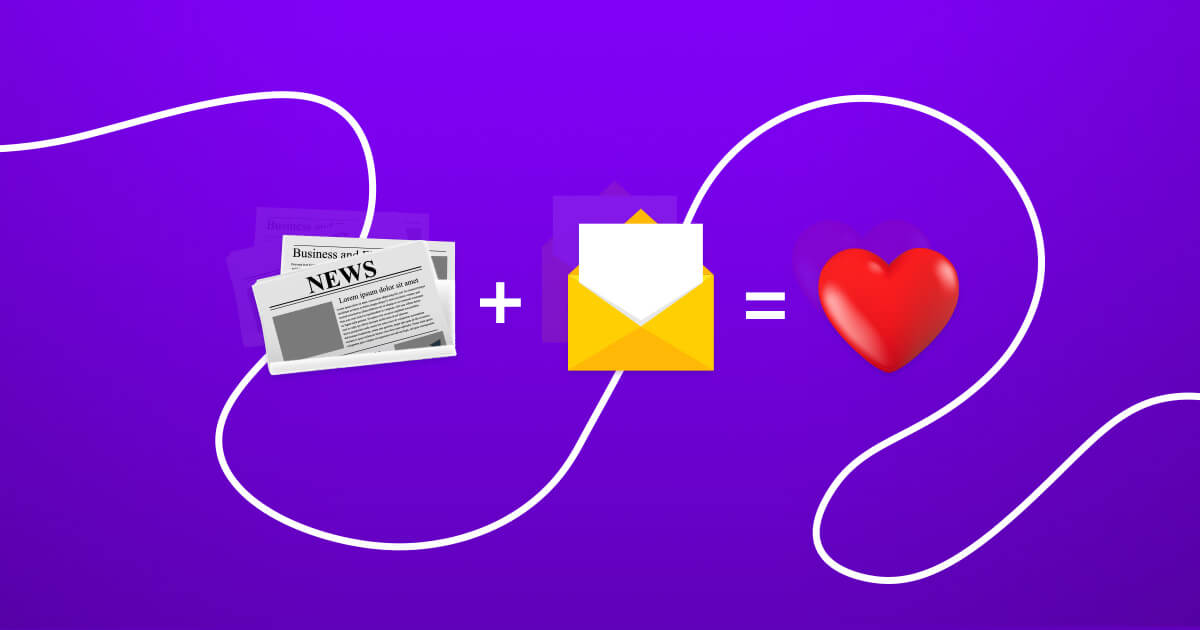Tips on creating successful email marketing newsletters
A few more short tips on how to make your newsletters shine.
Manage your mailing list wisely
You need to understand your potential readers’ needs and wants to provide value and send newsletters that appeal to them. So think about who you want to reach with your campaigns and be as specific as possible. Segment your audience into groups and create relevant content for each of them. You can segment based on interests, preferences, and demographics.
Clean your email lists regularly and delete contacts who unsubscribed, complained about spam or abandoned their mailbox a long time ago. It makes no sense to keep them in your list, they only make you pay more.
Keep it short but informative
Let your messages have useful information with little to no advertising and be as short as you can make it without losing on value and your goals. If you choose between longer and shorter, go for shorter. When a person opens an email and sees a certain amount of information they are not likely to scroll further if they don’t see anything important on the first screen.
Then again, what about the long Dense Discovery example earlier? True, that’s the specifics of newsletters — they can be rather long and justifiably so. Look at the Courier Weekly, for example. It all depends on what you need your readers to do and what they need: experiment to find the right balance.
Design matters
Once a subscriber is caught by your great subject line (or they are loyal enough to wait for your brand’s emails no matter the topics), their later actions depend on design.
Pay special attention to email design. Design is not only about gradients and beautiful pictures, but also about maintaining a balance between text and images, directing readers’ attention, guiding them to the desired action, and more. Effective design is not only pretty, but it’s also efficient: it grabs attention, it’s clear, on-brand, and actionable.
For brand awareness, use an eye-catching and recognizable logo that’s always the same.. Stick to the style you choose including typography, structure, colors, and images.
Be mobile-friendly
According to the 2021 State of Email report by Litmus, mobile is the top way to read emails with mobile’s share at 44.7%, webmail at 36.3%, and desktop at 19.1%. This means that mobile versions of email campaigns are a prerequisite for high conversion rates, including newsletters.
Most of the popular email service providers like Selzy enable you not just to adapt emails to mobile devices, but also to create separate mobile versions of emails which is much more wholesome and less error-prone.
Double-check the grammar
Check the completed newsletter for spelling and punctuation errors — this is a part of your respect for subscribers. You don’t need to hire special people for that, use services like Grammarly.
Also, once again check the readability and logical sequence of the text — is everything clear, are there any discrepancies?
Schedule your emails intelligently
The whole point about newsletters is in their regularity. Send quality informative campaigns regularly, make content plans for this: this is how users get used to the fact that they receive a new portion of high-quality information from your company once/2 times a week/month, etc., and start to expect it.
As for the specific time, there’s no universal recipe, but you can find some useful information in our guide on the best email sending time. Generally speaking, newsletters and other messages that don’t demand immediate action do well outside of working hours — evenings and weekends when people relax, but you can find options that work better for you.
































